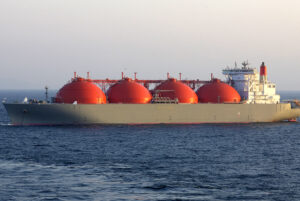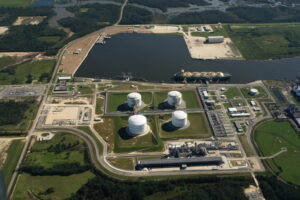U.S. LNG exports rise in October, average prices up
Liquefied natural gas (LNG) exports from the U.S. facilities increased in October, Department of Energy’s (DOE) latest report shows.

The U.S. Department of Energy noted that a total of 67 cargoes of the chilled fuel departed the country’s export plants. This was 22 cargoes up on the previous month.
Out of the 67 October cargoes, Cheniere’s Sabine Pass and Corpus Christ facilities exported 28 and 13 cargoes, respectively. Freeport LNG plant added 15 cargoes, Cameron shipped six, while Cove Point and Elba Island shipped three and two, respectively.
In terms of volume, October exports reached 222.8 billion cubic feet (Bcf), 47.5 per cent up on September volumes.
Compared to October 2019, U.S. LNG plants exported 15 cargoes more, with volumes rising 25.3 per cent.
China was the top destination for U.S. LNG volumes receiving 35.1 Bcf, followed by Japan with 31.6 Bcf. Brazil imported 22.4 Bcf of U.S. LNG with India importing 17.8 Bcf. UK was the fifth importer of U.S. LNG volumes with 17.3 Bcf.
The five countries represented 55.8 per cent of total U.S. LNG exports in October 2020.
The Department of Energy added that the average price of exported LNG rose back up to $5.56 per mmBtu after dipping to $5.35 per mmBtu last month.
Since the United States started exporting domestically-produced LNG in February 2016, a total of 1,717 cargoes reached destinations in 35 countries. The total volume exported stood at over 5.59 Tcf at the end of October.
Additionally, 545 cargoes on ISO containers departed the United States during the same period adding a further 1.5 billion cubic feet of LNG also bumping the number of destinations to 38.
South Korea remains the top importer of U.S. LNG with 256 cargoes received totalling 890.1 Bcf. This corresponds to 15.9 per cent of total U.S. LNG exports.









